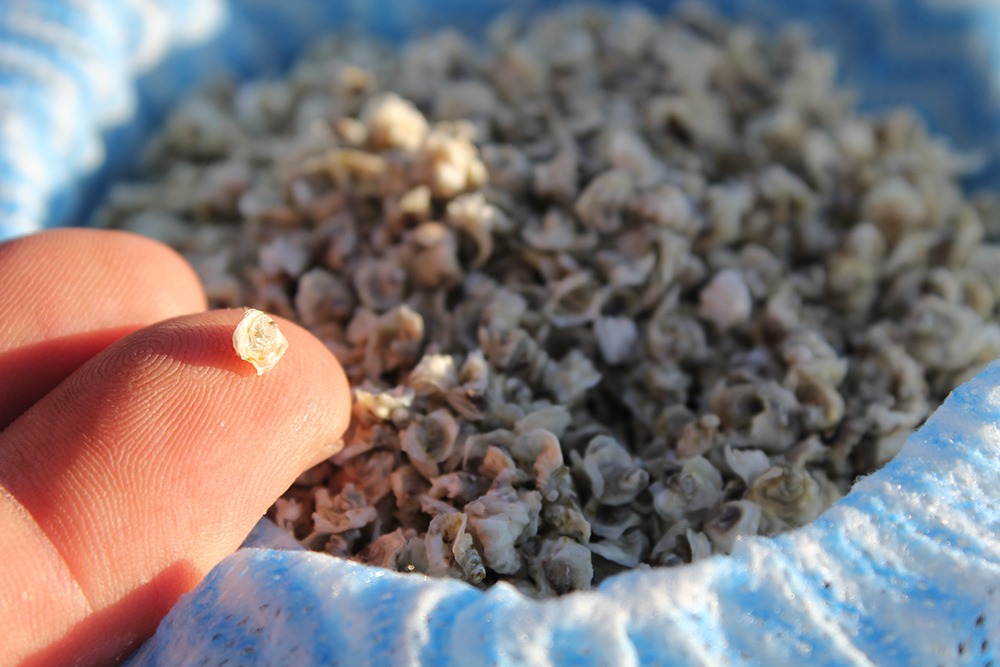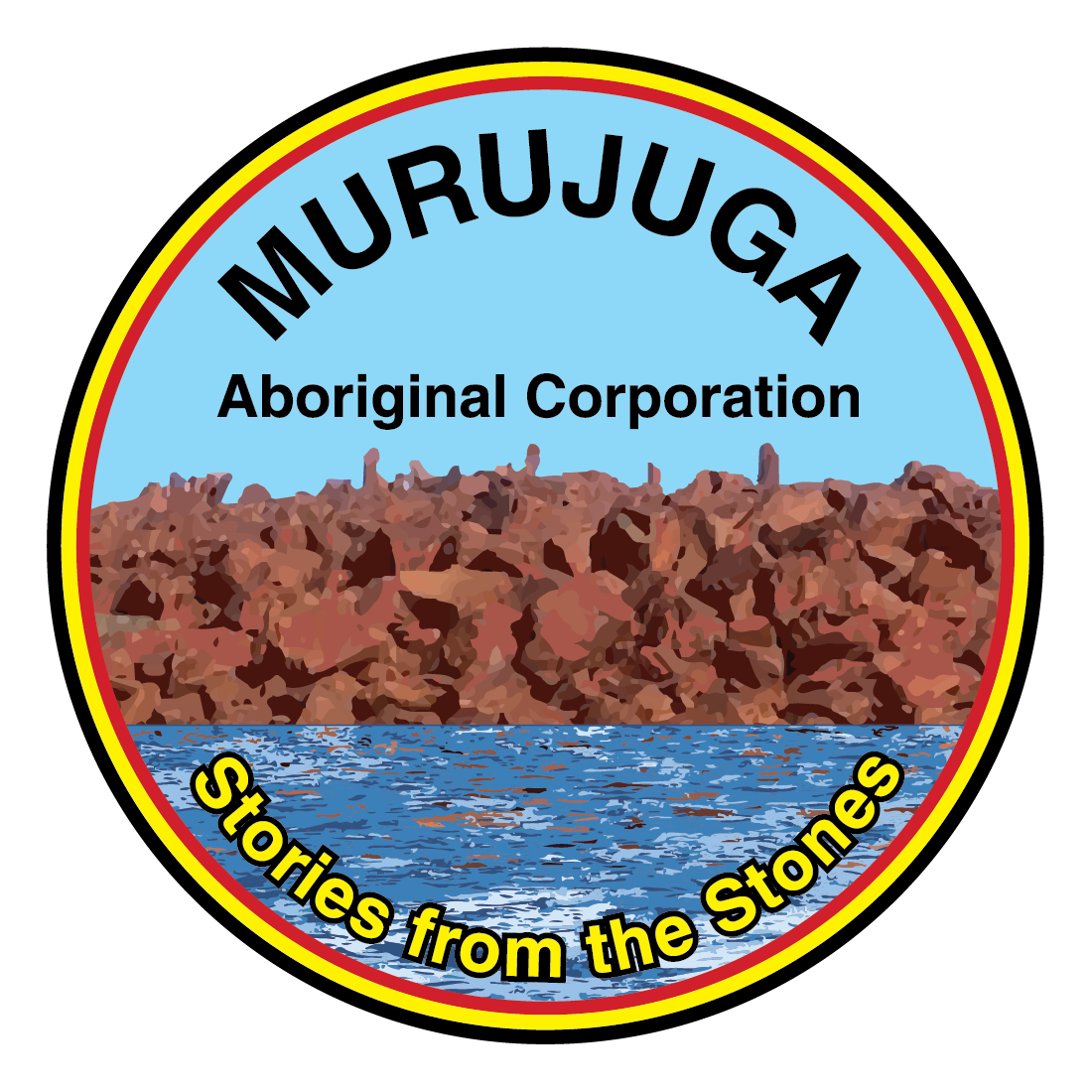
More than 120,000 juvenile oysters have journeyed from Western Australia’s shellfish hatchery in Albany to their new home on the Dampier coast this week where they will grow out to market size as part of the Pilbara Rock Oyster Research and Development project.
Produced from brood stock collected from the Dampier Archipelago earlier this year, the juvenile oysters will bolster the 3,000 wild juvenile oysters that were collected and placed in grow out baskets at the trial site in March.
Maxima Pearling Company General Manager Steven Gill said the oysters had grown well in the hatchery and were now at the optimal size to move to grow out baskets.
“The oysters will be split between the intertidal lines, which were installed in March, and the sub-tidal lines we installed in April,” Mr Gill said.
“The aim is to trial a range of equipment and assess growth rates to determine the best set up for a commercial operation in the Pilbara.”
A total of half a million juvenile oysters were produced in the hatchery from the Pilbara rock oysters with the remaining stock sent to aquaculture trials in the Abrolhos Islands, Cockburn Sound and Cone Bay.
In preparation for the deployment WA mussel producer Blue Lagoon Mussels and Research Officers from the Department of Primary Industries and Regional Development held a mock deployment exercise in Cockburn Sound on Friday 1 June to prepare for the correct and safe placement of the juvenile oysters, as well as training in the fitting of monitoring equipment.
These skills will now be passed on to the Murujuga Rangers, who will work together with Maxima Pearling Company to deploy the oysters to the trial site.
Murujuga Aboriginal Corporation Acting Chief Executive Officer Peter Jeffries said the Rangers would play an important part in the project by checking the lines and monitoring the progress of the spat to ensure everything is going smoothly.
“We hope this project is going to lead to new employment and training opportunities for our people on Country,” Mr Jeffries said.
“The Rangers will get the chance to learn about aquaculture first hand by being involved in the project, and if it’s successful, it could lead to more training opportunities down the track.
“We are also excited about the potential new tourism opportunity establishing a rock oyster industry could provide, and we hope that one day tourists will be able to come to the Pilbara, experience our land and culture, and taste locally grown oysters.”
Aquaculture has been identified as a key economic diversification opportunity for the Pilbara.
City of Karratha Mayor Peter Long said developing a sustainable, commercial oyster industry to give domestic and global seafood markets a taste of the Pilbara could be a game-changer for the region’s economy.
“Aquaculture is the world’s fastest-growing food production sector, and this project’s potential to create local jobs, attract prospective aquaculture investors, and build a growth industry not tied to the resources sector is exciting,” Cr Long said.
The oysters were packed in Albany and airfreighted to Karratha on 20 June and placed in grow out baskets in Flying Foam Passage project site the next day.
The oysters are expected to take 12 to 18 months to grow to market size.
The Pilbara Rock Oyster Research and Development Project is a partnership between the Pilbara Development Commission, Fisheries Research Development Corporation on behalf of the Australian Government, City of Karratha, Murujuga Aboriginal Corporation and Maxima Pearling Company.
